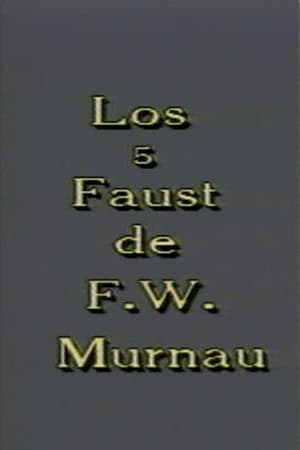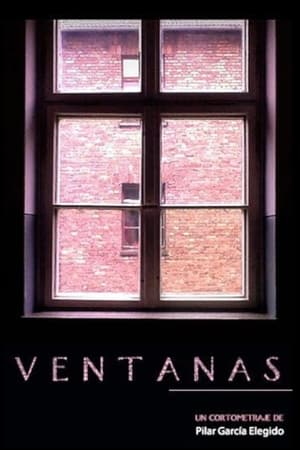
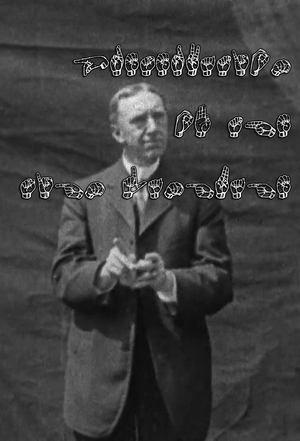
Preservation of the Sign Language(1913)
George Veditz, one-time president of the National Association of the Deaf of the United States, outlines the right of deaf people to sign instead of speak. The film is presented in American Sign Language and has no sub- or intertitles.
Movie: Preservation of the Sign Language
Top 1 Billed Cast
Himself

Preservation of the Sign Language
HomePage
Overview
George Veditz, one-time president of the National Association of the Deaf of the United States, outlines the right of deaf people to sign instead of speak. The film is presented in American Sign Language and has no sub- or intertitles.
Release Date
1913-12-31
Average
4.556
Rating:
2.3 startsTagline
Genres
Languages:
No LanguageKeywords
Recommendations Movies
 9.7
9.7Janma Janma(ne)
Janma Janma is a Nepali film that delves into love, dreams, and the cycle of life. The story follows Amar and Praya, a couple deeply in love. Praya is haunted by recurring dreams of someone trying to kill her, which leave her anxious and fearful. Amar, along with her parents, reassures her that the dreams aren’t real and encourages her to move forward. Praya eventually finds a new beginning, embracing a fresh life. However, she discovers that her old friends didn’t get the same chance at renewal. She shares this realization with Amar, urging him to cherish love and life. The story concludes with Amar reflecting on her words, highlighting the fleeting yet profound beauty of existence. Janma Janma is directed by Sital Nepal and written by Yubraj Lama. It weaves an emotional narrative of second chances, dreams, and the power of love to overcome life’s uncertainties.
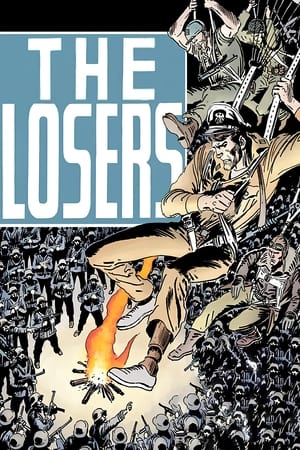 5.6
5.6DC Showcase: The Losers(en)
The legendary rag-tag team of World War II outcasts – Captain Storm, Johnny Cloud, “Mile-a Minute” Jones, rookie Gunner and Sarge – find themselves marooned on an uncharted island in the South Pacific that is completely overrun with dinosaurs! Their would-be ally on this deadly mission, the mysterious and beautiful Fan Long of the Chinese Security Agency, tells them their job is to rescue the scientists that have been sent to study the time/space anomaly. Perhaps… but what is her mission?
 5.4
5.4Main Madhuri Dixit Banna Chahti Hoon(hi)
The story of a girl in a small North Indian town who is an obsessive fan of top Hindi movie star Madhuri Dixit, and dreams of moving to Mumbai to become a film heroine herself.
DFW Punk(en)
DFW Punk, covering the Dallas/Ft. Worth punk/new wave scene. If you thought Texas in the late ’70s was all about urban cowboys, country tunes and bible-thumping, get ready to be proved dead wrong. 2007, MiniDV.
Istrione o figurante?(en)
Ironic comedy but with a message true and strong, harsh reality of the world of the show told in 3 minutes.
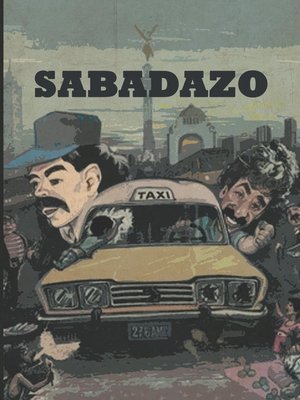 5.4
5.4Sabadazo(es)
Realizing that he's out of touch with "the common people," a Mexico City politician spends a weekend slumming among the plebes he's supposed to represent.
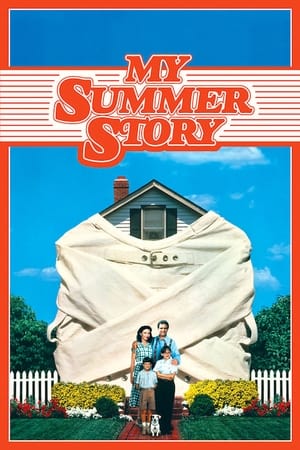 5.3
5.3It Runs in the Family(en)
It is now summer in the Parker family; and the usual amount of numerous events are happening in their separate lives. Ralphie is searching for the perfect top to use to beat the school bully with, the Old Man is in battle with their hillbilly neighbors, the Bumpus, while eagerly awaiting the discovery of the perfect fishing spot, and the Mother is attempting to collect all of the pieces of a glass china set at a local movie theater.
 5.6
5.6Ladies & Gentlemen, the Rolling Stones(en)
A concert film taken from two Rolling Stones concerts during their 1972 North American tour. In 1972, the Stones bring their Exile on Main Street tour to Texas: 15 songs, with five from the "Exile" album. Mick Jagger, Keith Richards, Mick Taylor, Charlie Watts, and Bill Wyman on a small stage with three other musicians. Until the lights come up near the end, we see the Stones against a black background. The camera stays mostly on Jagger, with a few shots of Taylor. Richards is on screen for his duets and for some guitar work on the final two songs. It's music from start to finish: hard rock ("All Down the Line"), the blues ("Love in Vain" and "Midnight Rambler"), a tribute to Chuck Berry ("Bye Bye Johnny"), and no "Satisfaction."
 5.6
5.6El jinete justiciero en retando a la muerte(es)
Guy gets mugged on horseback and left for dead; farmgal nurses him back to health and when he's on his feet again, he puts a domino on and swings into J J action.
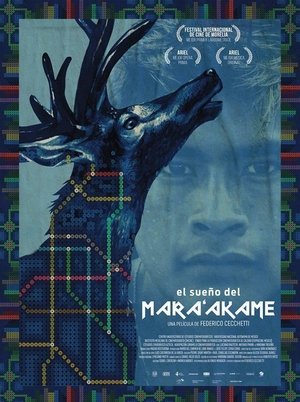 6.5
6.5Mara'akame's Dream(es)
Nieri is an indigenous teenage boy from the Wirrarika culture, who is being indoctrinated by his father on the path of dreaming to reach the Blue Deer and become a Marakame. However, Nieri doubts about having the gift that is necessary to become a Marakame. His real dream is to play Mexican country music and to go to Mexico City to play there with his friends.
Similar Movies
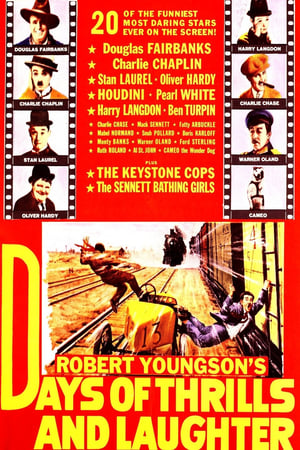 5.5
5.5Days of Thrills and Laughter(en)
An appreciative, uncritical look at silent film comedies and thrillers from early in the century through the 1920s.
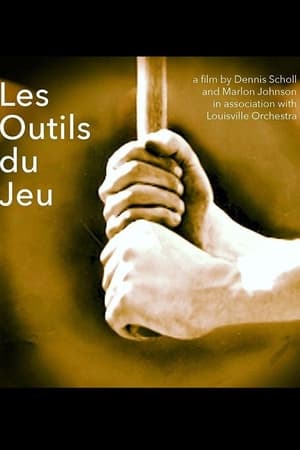 0.0
0.0Les Outils du Jeu(en)
This non-narrative short film examines one of the great American icons: the Louisville Slugger baseball bat. The film was conceived by its co-directors, Marlon Johnson and Dennis Scholl, along with the Louisville Orchestra's conductor, Teddy Abrams, to be screened set to a live performance by the orchestra of Claude Debussy's "Jeux".
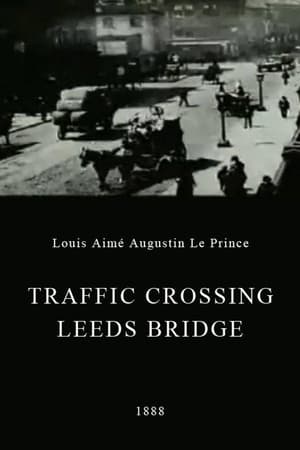 5.9
5.9Traffic Crossing Leeds Bridge(xx)
A film by Louis Aimé Augustin Le Prince, shot in late October 1888, showing pedestrians and carriages crossing Leeds Bridge.
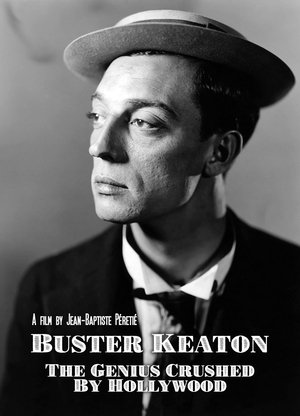 7.9
7.9Buster Keaton: The Genius Destroyed by Hollywood(fr)
In 1926, Buster Keaton was at the peak of his glory and wealth. By 1933, he had reached rock bottom. How, in the space of a few years, did this uncontested genius of silent films, go from the status of being a widely-worshipped star to an alcoholic and solitary fallen idol? With a spotlight on the 7 years during which his life changed, using extracts of Keaton’s films as magnifying mirrors, the documentary recounts the dramatic life of this creative genius and the Hollywood studios.
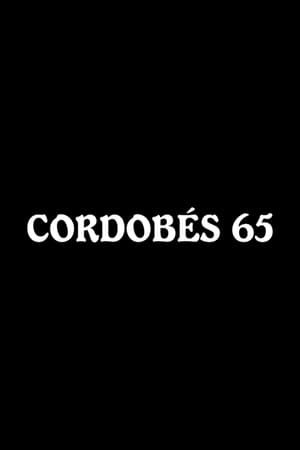 7.0
7.0Cordobés 65(es)
A brief portrait of famous and brave bullfighter Manuel Benítez el Corbobés; an account on still photos of his triumphs and failures.
How the Telephone Talks(en)
"All sounds travel in waves much the same as ripples in water." Educational film produced by Bray Studios New York, which was the dominant animation studio based in the United States in the years surrounding World War I.
 7.1
7.1Nanook of the North(en)
This pioneering documentary film depicts the lives of the indigenous Inuit people of Canada's northern Quebec region. Although the production contains some fictional elements, it vividly shows how its resourceful subjects survive in such a harsh climate, revealing how they construct their igloo homes and find food by hunting and fishing. The film also captures the beautiful, if unforgiving, frozen landscape of the Great White North, far removed from conventional civilization.
 6.7
6.7Admiral Cigarette(en)
Late 1800s cigarette advertisement produced by Thomas Edison Manufacturing.
The Dawn of Sound: How Movies Learned to Talk(en)
Film historians, and survivors from the nearly 30-year struggle to bring sound to motion pictures take the audience from the early failed attempts by scientists and inventors, to the triumph of the talkies.
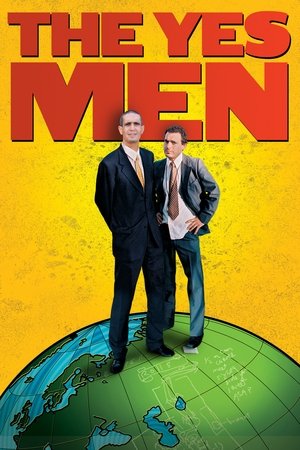 7.0
7.0The Yes Men(en)
A comic, biting and revelatory documentary following a small group of prankster activists as they gain worldwide notoriety for impersonating the World Trade Organization (WTO) on television and at business conferences around the world.
 7.8
7.8Man with a Movie Camera(ru)
A cameraman wanders around with a camera slung over his shoulder, documenting urban life with dazzling inventiveness.
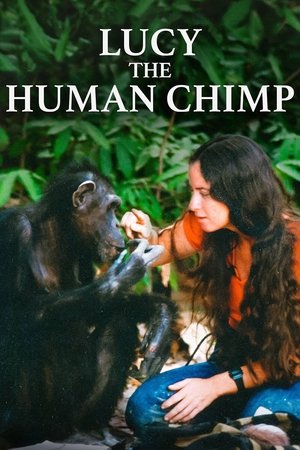 6.3
6.3Lucy the Human Chimp(en)
The profound story of Lucy Temerlin, a female chimpanzee raised as human from birth in a domestic environment, and Janis Carter, the woman who took on the seemingly impossible task of giving her a new life in the wild.
 6.0
6.0El circo(es)
Madrid, Spain, 1949. The Circo Americano arrives in the city. While the big top is pitched in a vacant lot, the troupe parades through the grand avenues: the band, a witty impersonator, the Balodys, acrobats, jugglers, acrobatic skaters, clowns and… Buffallo Bill.
Unser Hindenburg(de)
Short about Field Marshal Paul v. Hindenburg on the occasion of his 70th birthday on 02.10.1917.
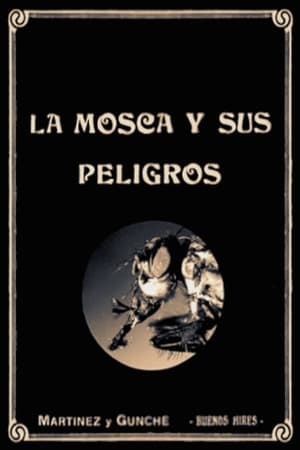 5.4
5.4The Dangers of the Fly(es)
The Dangers of the Fly is an educational film made by Ernesto Gunche and Eduardo Martínez de la Pera, also responsible for Gaucho Nobility (1915), the biggest blockbuster of Argentinean silent cinema. De la Pera was a talented photographer, always willing to try new gadgets and techniques. This film experiments with microphotography in the style of Jean Comandon's films for Pathé and it is part of a series which included a film about mosquitoes and paludism and another one about cancer, which are considered lost. Flies were a popular subject of silent films and there are more than a dozen titles featuring them in the teens and early twenties.
 5.2
5.2Carmencita(xx)
The first woman to appear in front of an Edison motion picture camera and possibly the first woman to appear in a motion picture within the United States. In the film, Carmencita is recorded going through a routine she had been performing at Koster & Bial's in New York since February 1890.
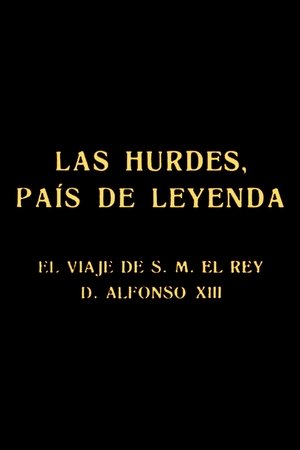 4.0
4.0Las Hurdes, país de leyenda(es)
An account of the journey that King Alfonso XIII of Spain made to the impoverished shire of Las Hurdes, in the province of Cáceres, in the region of Extremadura, in 1922.
R. F. Outcault Making a Sketch of Buster and Tige(en)
Buster Brown creater R.F. Outcault sketches his creation. Part of the Buster Brown series for Edison film studio.






